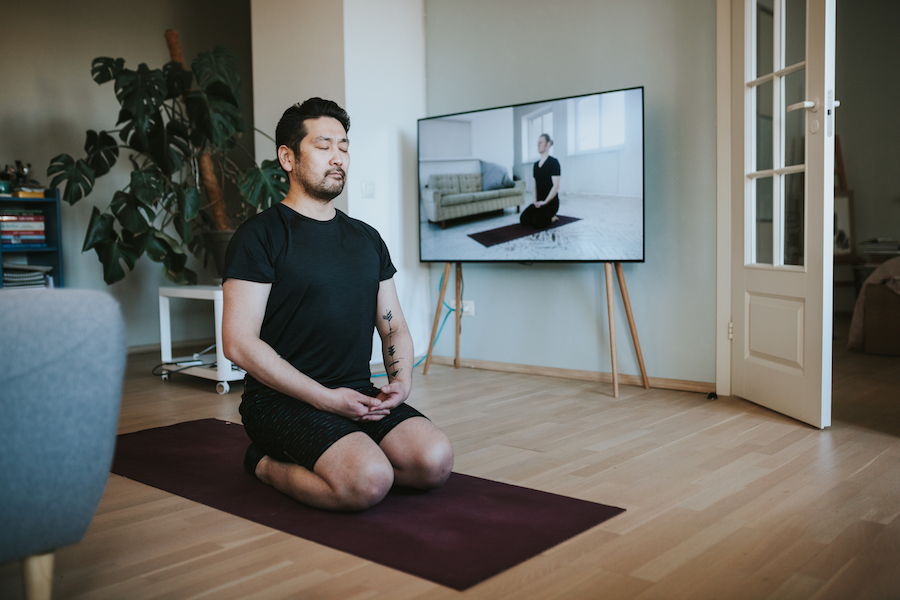Taking Care of Employees Beyond ‘Take Care’
By Celia Willis
July-August 2020
The coronavirus pandemic has dramatically changed how companies care for their employees. Gone are the days where organizations siloed work and life. The lines between our personal and professional lives continue to blur as we take Zoom meetings in the kitchen or handle emails in between running a home-turned-school for our children.
It’s not surprising then that a recent survey revealed that nearly seven in 10 employees feel that the COVID-19 crisis is the most stressful time of their professional career.
Enter a new specialty in professional services: wellness for remote workers.
Salesforce, Axis Bank, Google, Nike, and Microsoft all are hosting online meditation sessions for their thousands of human resources now working from home. Also surging? Streaming video exercise classes, mental health sessions, team activities and other perks peculiar to remote employees.
All these tactics acknowledge the rarely mentioned but now largely absent emotional and physical “benefits” that come with grouping all company employees in the same office tower.
We love to complain about traffic, but a daily commute creates a natural dividing line between work and family life. We roll our eyes when the boss convenes another town hall meeting to run through quarterly sales goals, but we relish the privilege of working for transparent and communicative management.
Our employees are our greatest asset, and they are craving for the doors to open to new levels of wellness, even as they remain indoors. Supporting workforce wellness shows employees you care and contributes to a company’s overall success by increasing engagement, productivity and morale, and decreasing absenteeism.
Making wellness a reality
Caring for and engaging employees through wellness initiatives and pro- grams leads to healthier employees and a healthier bottom line. But how do you go from building the case for employee wellness to making it a reality?
Here are some practical ideas to get you started:
- Host virtual meditation sessions for employees. I personally lead weekly meditation sessions for employees at my company.
- Curate a Spotify playlist for employees to enjoy throughout the day.
- Consider partnering with a motivational speaker to host a virtual lunch- and-learn for your team.
- Offer an extra paid day off dedicated for mental health or self-care.
- Send plants to employees to brighten up their offices.
The pandemic has tasked us with inventing new ways to create community amid our dislocated, disjointed and displaced workplace. It remains, however, the business leader’s job to field and exe- cute the programs that will collect, relax and motivate all employees.
It’s time for new leaders to step up to new leadership. It’s not enough to simply tell remote employees to “not work too much” or to “take care of themselves.”
No one wants to be lectured about stress management. They want to be actively de-stressed. And it’s the people who have developed habits of calm introspection who now teach the world how to perform in this brave new world.
Before you begin, remember to breathe deeply.
photo credit: visualspace



